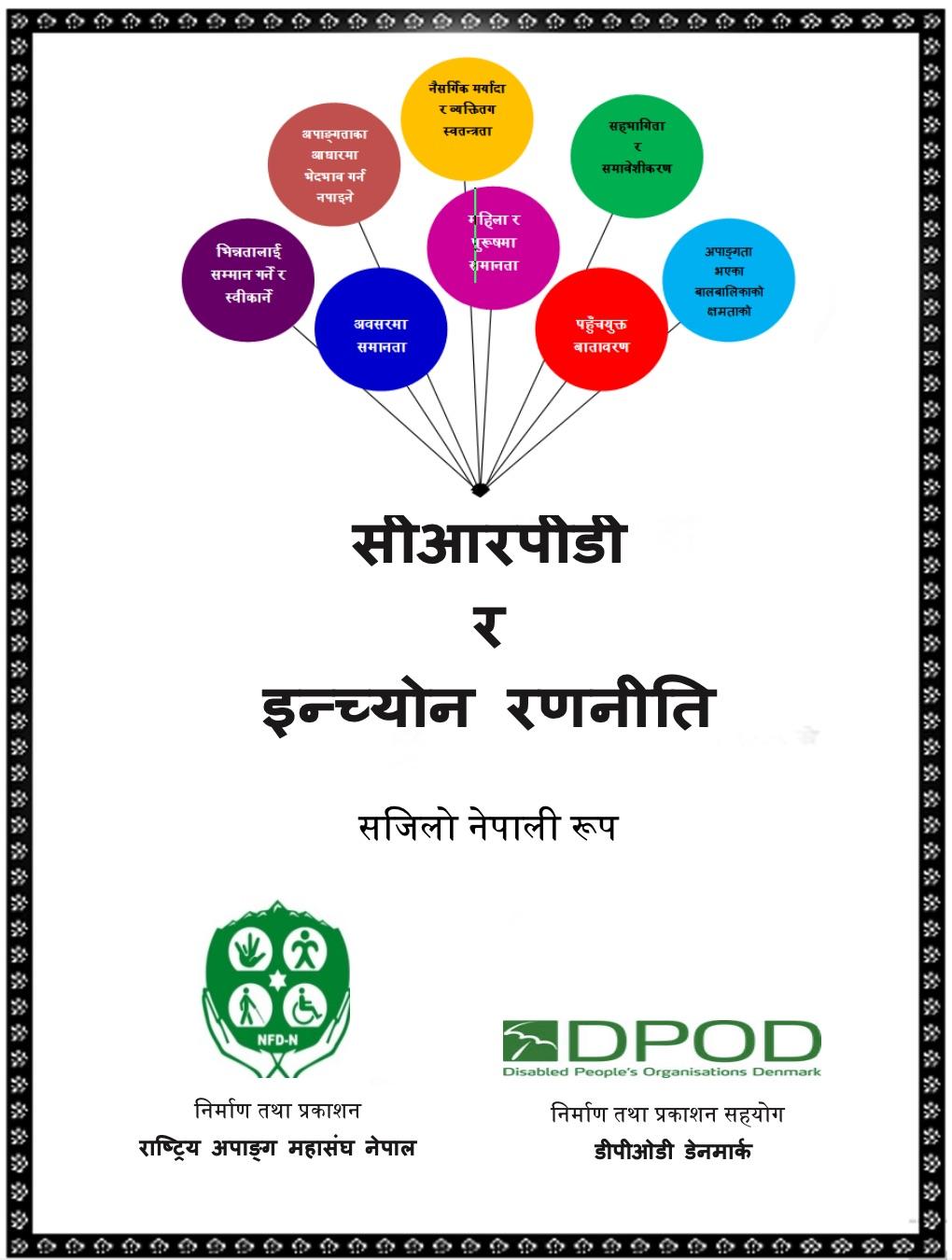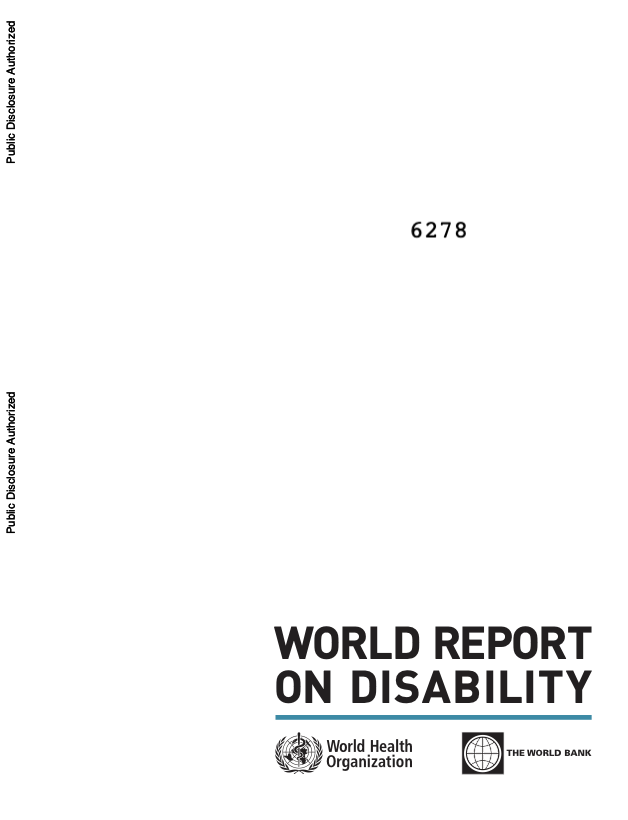As the name suggests, an intrauterine device (IUD) also known as an intrauterine system (IUS), T-shaped small device which is placed in the uterus to prevent pregnancy. A trained healthcare provider inserts the device and it can be removed or replaced after the recommended length of time, or when the woman no longer needs or desires contraception. IUD, however, does not protect individuals from contracting Sexually transmitted infections (STIs).
- A hormonal IUD or IUS releases a progestin hormone into the uterus. It avoids pregnancy by releasing the hormone that causes thickening of the cervical mucus and preventing sperm from fertilising the egg, The hormonal IUD is 99% effective and provides protection for 3-6 years depending on the device.
- Copper IUD is a non-hormonal IUD that contains copper which acts as spermicidal and prevents sperm from reaching and fertilising the egg. Even if the fertilisation of an egg occurs, the copper IUD prevents the implantation of the fertilised egg into the uterus lining. The Copper IUD is 99% effective and provides protection for up to 10 years.
Implants are soft and flexible rod structures that are placed in the upper arm of women. They are placed under the skin and release progestin which halts ovulation and thickens the cervical mucus. It is 99 % effective and can remain implanted for 3 to 5 years. A trained health professional can only insert or remove the implant. If your method of contraception is implant, you need to be aware that although implants avoid pregnancy, you will require other methods of contraception such as condoms to protect from sexually transmitted infections.
Hormonal methods use hormones to prevent pregnancy. There are various kinds of hormonal methods depending upon the methods by which hormones are introduced into the body for example, pills, skin patches, injections, implants, intrauterine system etc. These methods prevent pregnancy by stopping ovulation, thickening cervical mucus which hinders sperm from reaching the egg or thinning the lining of the uterus. Hormonal methods do not protect against Sexually Transmitted Infections (STIs).
Injectable birth control contains progestin which is given in the arm or buttocks once every 3 months. The effectiveness of the injectables ranges from 94% to over 99%. Fertility returns to normal a few months after stopping the use.
Progestin-only pills (POPs) contain progestin and have no estrogen in them. A pill should be taken orally every day, preferably at the same time each day to avoid pregnancy. When used correctly the effectiveness is over 99% while when not used correctly it is over 91%. Depending upon the brand type the pills are taken daily for either 21 days or 28 days. Generally, fertility resumes as soon as one stops taking the pill.
Combined oral contraceptives (COCs) contain estrogen and progestin which inhibits ovulation. A pill needs to be taken daily orally preferably at the same time each day. When used correctly the effectiveness is over 99% while when not used correctly it is over 91%.
Contraceptive patch is a thin, plastic patch attached to the skin and releases hormones estrogen and progestin into the bloodstream. The patch can be placed on the lower abdomen, buttocks, outer arm, or upper body. Each patch lasts for a week and needs to be applied for three weeks and on fourth week no patch is used to enable menstruation. The effectiveness ranges from 91% (when not correctly used) to over 99% (when correctly used).
Barrier methods are designed to prevent sperm from entering the uterus. Barrier methods are removable.
Male condom (external condom) is a thin sheath generally made of latex or polyurethane which is worn over the penis to prevent sperm from entering the uterus. Male condoms reduce the risk of spreading Sexually Transmitted Infections (STIs) and need to be disposed of after a single use. When used perfectly, the condom is 98% effective while when used incorrectly, the effectiveness is 82%.
Female condom (internal condom) is thin and flexible pouches made up of rubber or plastic which are inserted in the vagina before intercourse. Using a female condom prevents sperm from entering the uterus and also reduces the risk of STIs. Like male condoms, female condoms are disposed of after a single use. When used perfectly, its effectiveness is 95% and when not used correctly, the effectiveness is 79%.
There are two different types of ECP.
The 3-day pill is called levonorgestrel. The pill has to be taken within 3 days (72 hours) of unprotected sex. It’s important to remember that it works better the sooner you take it. It is 99% effective.
The 5-day pill is called ulipristal acetate. The pill has to be taken within 5 days (120 hours) of unprotected sex. It’s important to remember that it works better the sooner you take it. It is 99.5% effective.
Copper IUDs can be used as emergency contraception and can be fitted by a trained healthcare professional. The copper IUD needs to be fitted up to 5 days after sex (120 hours). It is 99% effective. One can choose to continue with the copper IUD as a method of contraception.
Female Sterilization (Tubal ligation) is a surgical procedure in which fallopian tubes are cut, tied or sealed. After the procedure, the path between the ovaries and the uterus is blocked. Therefore sperm cannot reach the egg to fertilise it, and the egg cannot reach the uterus.
Vasectomy is a surgical procedure in which the vas deferens are cut, closed, or blocked. This procedure blocks the path between the testes and the urethra. The sperm cannot leave the testes and cannot reach the egg. In order for the process to be fully effective, it can take as long as 3 months. Therefore, a secondary method of contraception needs to be used until the tests confirm there is no sperm in semen.
IUD, implant and injection are the three contraceptives that last either over months or years.
Dental dams are latex or polyurethane sheets used between the mouth and vagina or anus during oral sex.
Government health centres (health posts, primary health centres) provide contraceptives free of cost.
Sexual intercourse without the use of a condom is known as unprotected sex.
If you are taking the combined oral pill and miss a pill, it is recommended that you take the missed pill as soon as possible and then take the next scheduled pill at the normal time, even if this means taking two pills at the same time. It is recommended that you use a barrier method of contraceptive, such as a condom, for the next seven days as an extra precaution.
For more info go to: https://www.nhs.uk/conditions/contraception/miss-combined-pill/
Male condoms and female condoms are two contraceptive methods that protect individuals from getting STIs.
Implants are 99% effective and last for 3-5 years.
As the name suggests, an intrauterine device (IUD) also known as an intrauterine system (IUS), T-shaped small device which is placed in the uterus to prevent pregnancy.
There two types of IUD i.e. hormonal and copper IUDs. The hormonal IUD is 99% effective and provides protection for 3-6 years depending on the device. The Copper IUD is 99% effective and provides protection for up to 10 years.
When used perfectly, the condom is 98% effective while when used incorrectly, the effectiveness is 82%.
When used perfectly, its effectiveness is 95% and when not used correctly, the effectiveness is 79%.
If it is the 3-day pill then, it has to be taken within 3 days (72 hours) of unprotected sex. If it is a 5-day pill, it has to be taken within 5 days (120 hours). It’s important to remember that it works better the sooner you take it.
The short answer is yes, though breastfeeding will determine the type of contraception that you will be able to use. The mini pill and the contraception injection can be used as they both contain progestogen only.
Yes, it is possible to get pregnant if you have unprotected sex during your period.






